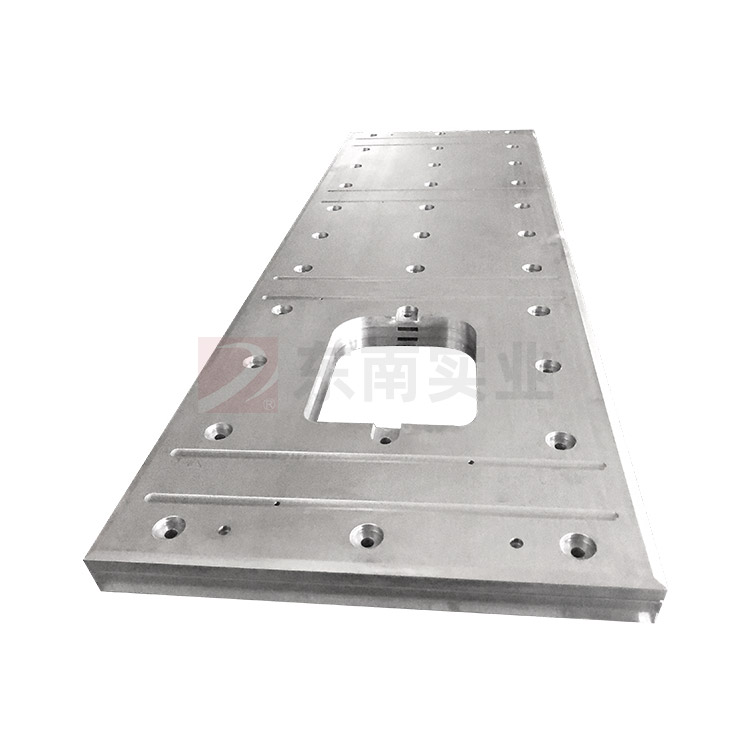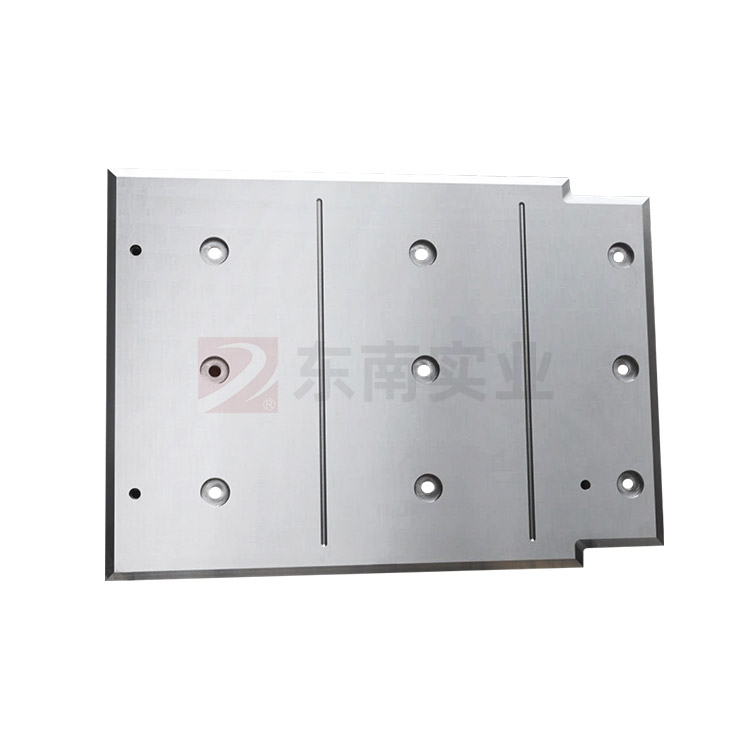News


Composite skateboards enhance performance through material composite technology and demonstrate unique advantages in various fields such as sports equipment, rail transit, bridge engineering, and industrial machinery. The following are specific application scenarios and analysis:
1、 Sports equipment field: lightweighting and performance improvement
1. Skateboarding Sports
Traditional materials: Early skateboards were made of solid wood or 7-layer maple plywood, which had problems such as heavy weight and easy deformation.
Application of composite materials: Modern skateboards incorporate glass fiber, Kevlar fiber, or carbon fiber composite layers into maple structures, significantly improving strength, flexibility, and durability. For example, carbon fiber composite layers can reduce the weight of skateboards by 30% and improve their impact resistance by 50%.
Environmental trend: Some brands use bio resins, natural fibers (such as flax and bamboo), or recycled thermoplastic plastics to reduce environmental impact.
2. Ski board
Composite panel design: Combining Camber and Rocker composite panels to provide stability during high-speed sliding while enhancing buoyancy in powder snow. For example, brands such as LIB TECH and GNU achieve a balance between plate elasticity and toughness through composite materials.
2、 In the field of rail transit: optimization of wear resistance and conductivity performance
1. Pantograph skateboard
C/C composite skateboard: Copper alloy impregnated into carbon fiber reinforced carbon substrate, which combines high strength, high toughness, and conductivity, suitable for high-speed trains (such as Japan's Shinkansen). In the electric wear test with a speed of over 300km/h, its wear rate is reduced by 40% compared to traditional pure carbon skateboards, and its fracture toughness is improved by 25%.
Copper iron carbon composite skateboard: By adding iron sulfides (such as iron sulfide, ferrous sulfide), iron carbide, and silicon carbide, the mechanical properties and wear resistance are significantly improved, while the electrical resistivity decreases, meeting the high-speed electrical contact requirements.
2. Bearing wear-resistant material
Modified UHMWPE skateboard: After modification with hollow glass microspheres (GB) and molybdenum disulfide (MoS2), the friction coefficient of ultra-high molecular weight polyethylene (UHMWPE) decreased to 0.03 (0.17 for pure UHMWPE), and the wear rate decreased by 50%. China has applied it to bridge bearings for the Wuhan Guangzhou high-speed railway, extending its service life to over 15 years.
3、 Breakthrough in Bearing Capacity and Durability in the Field of Bridge Engineering
1. Spherical bearing skateboard
UHMWPE/GB composite material: UHMWPE composite material with 5% hollow glass microspheres added, with a tensile strength of 35MPa, a fracture elongation of 280%, a hardness of 71 °, and a Vicat softening point of 135 ℃, suitable for heavy-duty railway bridges.
UHMWPE/MoS2 composite material: mainly subjected to fatigue wear, with a smooth and flat wear surface and a wear rate of only 0.07% under 200N loading, suitable for high-speed maglev train supports.
4、 Industrial machinery field: adaptability to extreme working conditions
1. Solid lubrication composite skateboard
Steel based copper alloy embedded skateboard: Combining metal load-bearing capacity with non-metallic solid lubricants (such as graphite and molybdenum disulfide) to achieve self-lubricating function, reducing the friction coefficient to 0.05-0.1. Widely used in high-temperature (up to 500 ℃), high load (up to 100MPa), low-speed and heavy-duty applications such as metallurgical continuous casting machines, steel rolling equipment, mining machinery, etc.
PEEK composite skateboard: PEEK based composite material has a tensile strength of 300MPa, a water absorption rate of only 0.07%, and a flammability level of VO. It is suitable for harsh working conditions such as cement, sand, and metal sheet production lines, and has a service life three times longer than traditional nylon skateboards.
5、 Application Trends and Challenges
1. Material innovation: New systems such as biobased composite materials and nano reinforced composite materials are currently under development, aiming to further enhance environmental friendliness and performance limits.
2. Process optimization: 3D printing technology is gradually being applied to the manufacturing of composite skateboards, achieving integrated molding of complex structures and reducing material waste.
3. Standardization challenge: There are significant differences in performance requirements for composite skateboards in different fields, and it is necessary to establish segmented industry standards to regulate the market.


